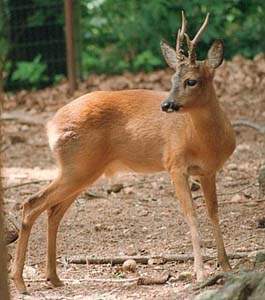Facts About Siberian Roe
The Siberian roe deer, also known as the eastern roe deer, roams the diverse landscapes of northeastern Asia, including regions such as Siberia, Mongolia, Kazakhstan, Kyrgyzstan, Tibet, the Korean Peninsula, and northeastern China. Previously grouped with the European roe deer, it is now recognized as a distinct species. There are two subspecies: C. p. pygargus and C. p. tianshanicus.
These moderately sized deer are distinguished by their lengthy antlers and unique coloration, which varies depending on the population and the season. Their lifespan typically ranges from 8 to 12 years. Notably, the males bear larger antlers compared to their European relatives. Historically, the Siberian roe deer's habitat was more extensive, but overhunting has significantly reduced their range.
Siberian roe deer thrive in temperate zones, particularly in forests and steppes with tall, dense grasses. Their diet is diverse, comprising various plants that provide the necessary sodium and moisture for hydration. The deer’s breeding season occurs in August and September. The females have a remarkable reproductive process called embryonic diapause, where they delay the development of the embryos. After a gestation period of 280 to 300 days, they typically give birth to two fawns.
These deer are highly territorial, marking their domains with scent glands and utilizing vocalizations for communication. They must remain vigilant against predators such as the Amur leopard, lynx, and tiger. Despite the numerous challenges they face, the Siberian roe deer has adeptly adapted to its environment, continuing to captivate with its distinct characteristics and behavior.

 China
China